—
Imagine stepping into your backyard, the sun shining above, birds singing in the nearby trees, and a gentle breeze carrying the scent of blooming flowers. This tranquil scene is what many people dream of when thinking about their gardens. But as our climate changes, these picturesque landscapes face new challenges that gardeners must adapt to.
Understanding Climate Change’s Impact on Gardens
Climate change is altering our environment in various ways. Rising temperatures, changing rainfall patterns, and more frequent extreme weather events are becoming common occurrences. These shifts can disrupt the delicate balance that gardens rely on to thrive.
To create a garden that can withstand these challenges, it’s essential to understand how climate change is affecting your specific region. Research local climate data, including average temperatures, precipitation levels, and projected changes. By gaining insights into these factors, you can make informed decisions about which plants will thrive in your garden.
Choosing Resilient Plants
Incorporating resilient plant species into your garden is key to its long-term success. Look for native plants that are adapted to your region’s climate conditions. These species have evolved over time to survive in local environments and are often more resistant to fluctuations in temperature and rainfall.
When selecting plants for your garden, consider their water requirements as well. Drought-tolerant varieties can help conserve water during dry periods while still adding beauty to your outdoor space. Additionally, choosing a diverse range of plant species can enhance biodiversity and strengthen the overall resilience of your garden ecosystem.
Implementing Sustainable Gardening Practices
Beyond plant selection, sustainable gardening practices play a crucial role in building a climate-resilient garden. Consider incorporating techniques such as mulching to retain soil moisture, composting organic matter to enrich the soil fertility naturally, and using rain barrels to collect rainwater for irrigation.
Water management is particularly vital in a changing climate where droughts and heavy downpours are becoming more frequent. Installing efficient irrigation systems or designing rain gardens that capture excess water can help mitigate these challenges while promoting healthy plant growth.
Expert Insights: Nurturing Gardens in an Evolving Climate
According to gardening experts like Dr. Greenfield, “Climate change presents both challenges and opportunities for gardeners.” She emphasizes the importance of adapting traditional gardening practices to align with evolving climatic conditions. “By staying informed about regional weather patterns and choosing resilient plants,” Dr. Greenfield suggests, “gardeners can create vibrant outdoor spaces that thrive despite environmental uncertainties.”
As we navigate an increasingly unpredictable climate landscape, cultivating resilient gardens becomes not only a personal endeavor but also a collective responsibility towards sustaining our planet’s biodiversity.
In conclusion, planning a garden with climate change in mind involves proactive decision-making guided by environmental awareness and sustainability principles. By embracing resilient plant choices and eco-friendly gardening techniques tailored to local conditions, you can transform your outdoor space into a flourishing oasis capable of withstanding whatever Mother Nature sends its way.



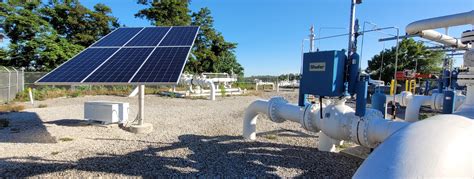
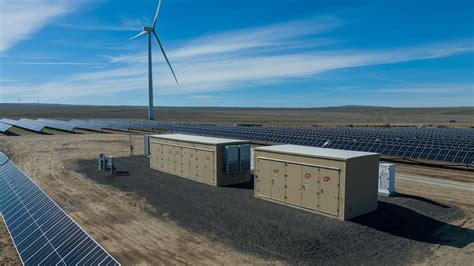
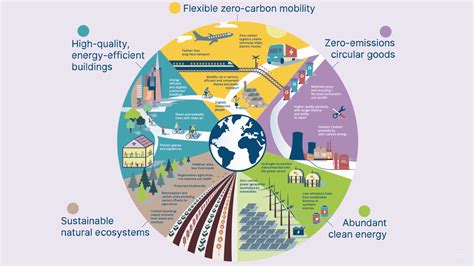
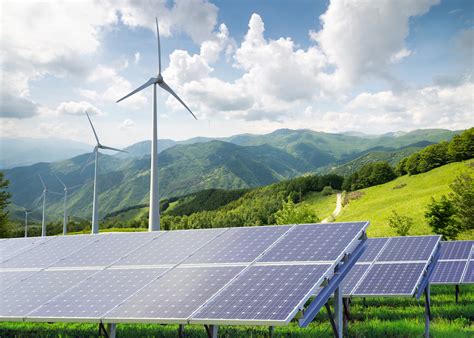

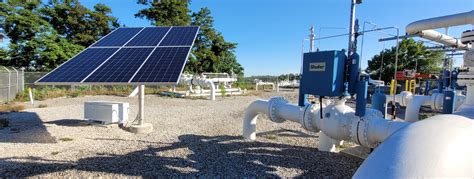
Leave feedback about this